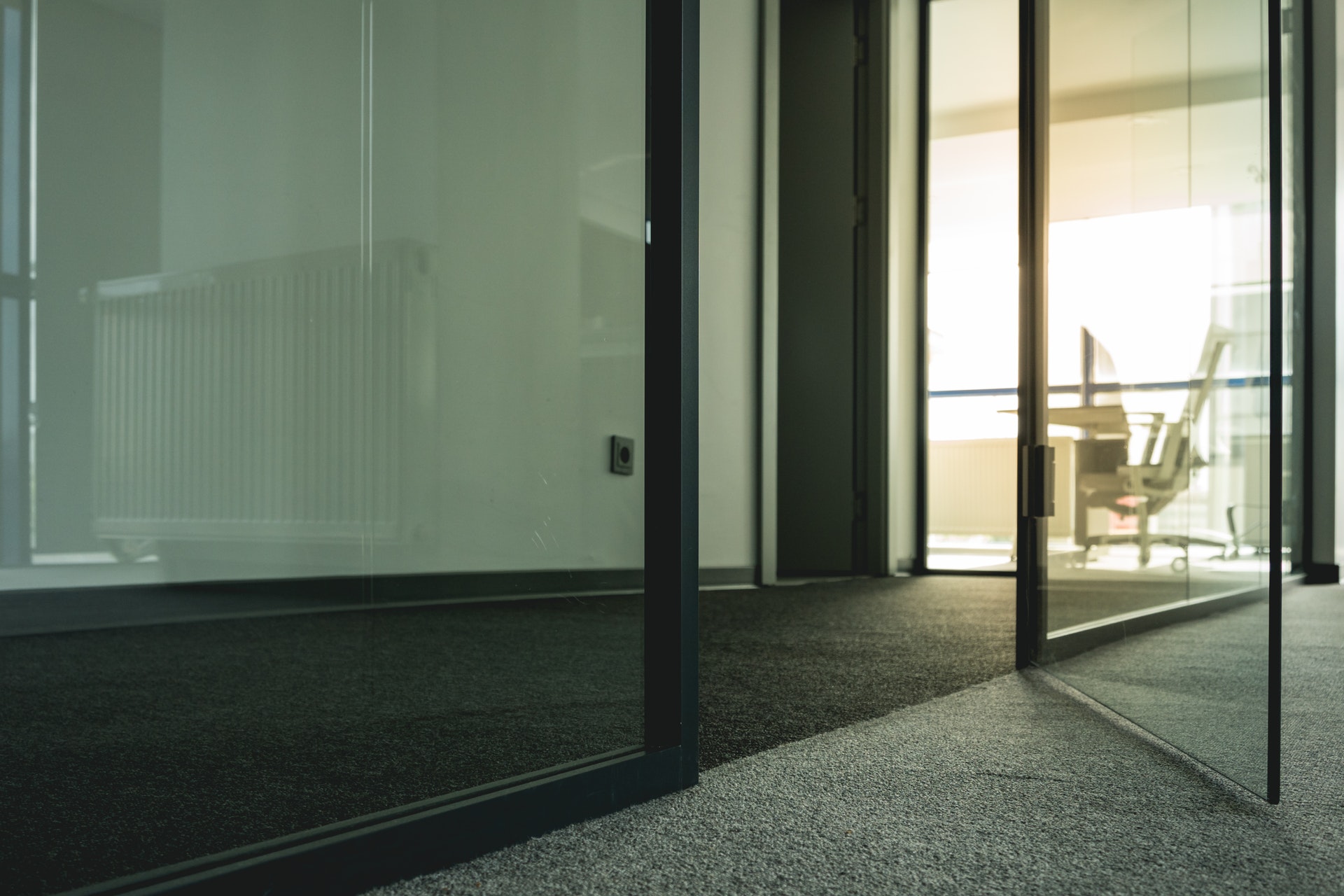Navigating Design to Meet the Needs of Learners
Doors shouldn’t be hard to open, but this one was.
It was a standard-issue commercial door made from glass and aluminum. Yes, I was distracted. Yes, I could have given this door more attention. Yes, I launched myself into it. “Gak! Stupid door!” I snarled.
I bet I sounded like that grape lady, but louder and angrier. Less whimper, more cursing. Thankfully, I didn’t fall as much as collide; once an offensive lineman, always an o-lineman. Coach Westre would’ve been proud.
But then I remembered, this is a Norman door. At once, this warm realization washed my shame and embarrassment away. It wasn’t my fault. I didn’t need to feel stupid. The design of the door is to blame.
Let me explain, In The Design of Everyday Things, author Donald Norman unveils the secrets of great design. His book is a treasure map that illustrates the beauty of good design and the danger of bad design. Norman taught me that: designed things teach.
The door I whacked tried to teach me that I’m a dummy who needs to slow down and look where he’s going. But, thanks to Norman I knew better. He taught me to blame the door, not myself. He taught me that: design can wound. In the case of the door, this was true both literally and metaphorically.
Norman illustrated this truth for me in a story about a keyboard. This keyboard had a fatal design flaw. In approaching its designer, Norman inquired if others had also noticed it, “Nope, said the designer. I was the only person who had ever complained.” Ever skeptical, Norman met the employees who’d been using this keyboard for months to ask if they’d been affected by this flaw and made a particular error, "Oh, yes," said the secretaries, "we do that a lot." Intrigued by why they’d never reported this error, they told him, “When they made [this specific error] they blamed themselves. After all, they had been told what to do. They had simply erred.” Design can wound, but it doesn’t have to.
Think about a good design you’ve experienced lately. Think about the stuff you like to use or the places you enjoy going. Think about the things/places/experiences you’ve interacted with where you feel like you belong; where you feel seen and known and valued. Design can heal.
Teachers are Designers
We don’t think of ourselves that way, most of us are not formally trained as such, but as teachers, we are designers nonetheless. We design lessons, experiences, activities, projects, assessments, emails, websites, tweets, blogs, cultures. As teachers, our designs either wound or heal. This is certainly true of my designs.
When I look back on my past lessons, some of them didn’t consider students' knowledge or students' strengths. Some didn’t invite my students in as my co-designer. Many of my early designs intentionally excluded students lacking skills I deemed a “pre-requisite.” I did that because it was convenient. Some of my designs have wounded. I never meant to, but I must acknowledge my lessons didn’t teach factoring or Newton’s laws, they actually taught many of my students that they can’t do it, they don’t fit, they aren’t enough.
I know design can heal, and I’m learning how to do it. As I continue to grow, I have learned to acknowledge what doesn't work:
- Guilt: I have enough shame and guilt to last a lifetime & very little growth to show for it.
- Blame: I want to offer me the same self-compassion and dignity that I’m offering my students.
- Fear: I’m a better teacher now than the day I started. That didn’t happen automatically, or by accident. I can trust it will continue.
I am also learning what is working:
- Focusing on my strengths: I’m good at connecting with kids. I know how to support them in doing stuff that they thought was way too hard for them to do. I’m a teammate who listens well and injects hope into others. I’m an encourager and a friend who feels with people and loves deeply. I’m building on that.
- Bricolage: I am the product of my experiences, including choices others made for me. Behaviorism is an important example. I’m working to overcome my undergraduate training.
- Honesty: I want to have the courage to sit with the deep sorrow I feel over the myriad ways that my lack of skill has damaged some of my learners. I hate letting that sadness and regret in, but I cannot grow without it. “He who learns must suffer. And even in our sleep, pain that cannot forget falls drop by drop upon the heart, and in our own despair, against our will, comes wisdom to us by the awful grace of God” - Aeschylus
As I continue on my learning journey, I have found certain tools and resources instrumental in guiding me to design in a way that meets the needs of all learners.
- Universal Design for Learning (UDL) is an instructional design framework that’s rooted in research. It helps any educator systematically design their instruction to meet the needs of any learner. I’m new to UDL’s language this year, I think it is beautiful, clear, and compelling.
- Here’s how I got into UDL: I listened to this podcast → read this book → attended district training → assessed myself using this rubric → asked my colleagues to assess me → reading this book.
- Design Thinking is something that I have used in school to design interdisciplinary learning neighborhoods and to lead PD. It breathes life into project-based learning (PBL), and is an incredible thinking tool for me - especially the mindsets. I love this story 🎙️ showing the power of design thinking for school design.
Continue your learning journey. Explore our collection of online courses or connect with us to plan PD for you and your team.



